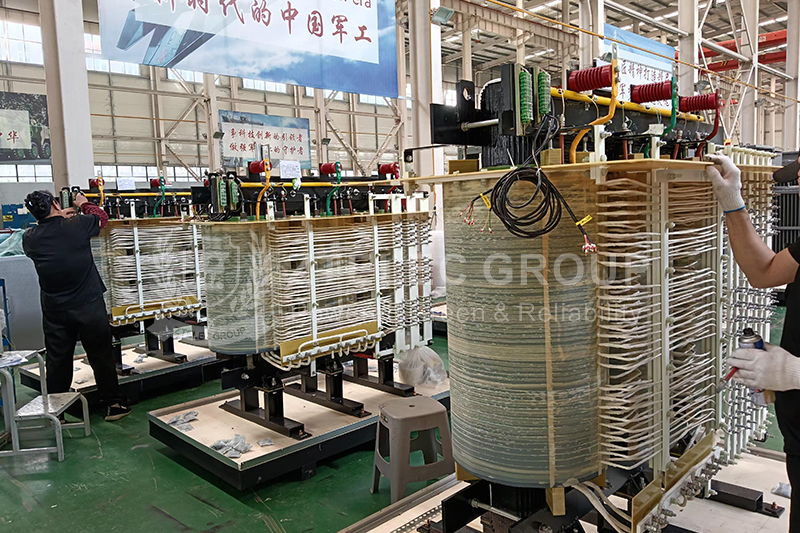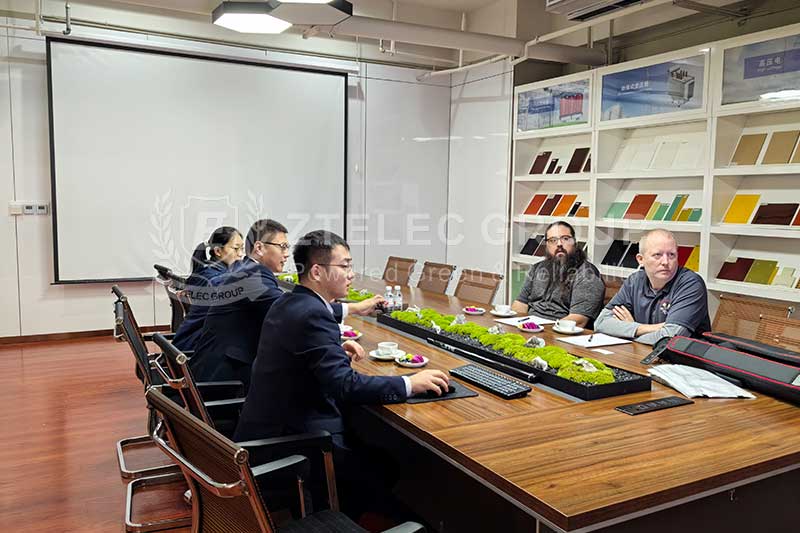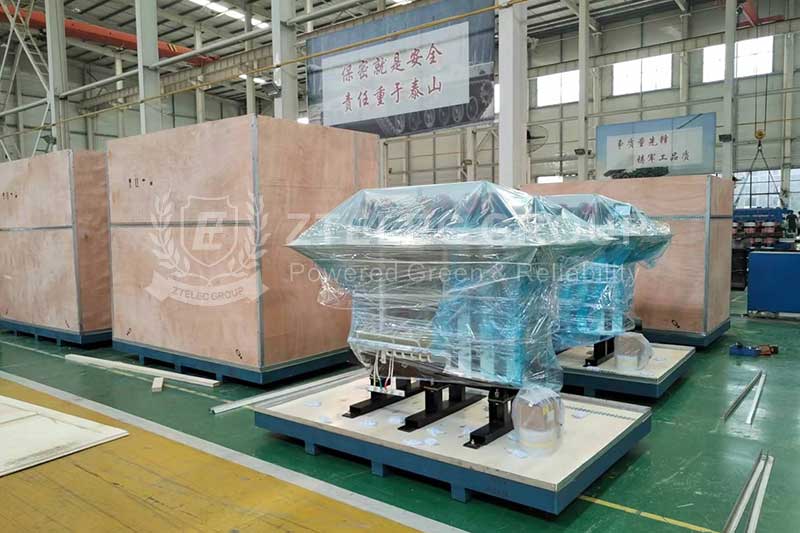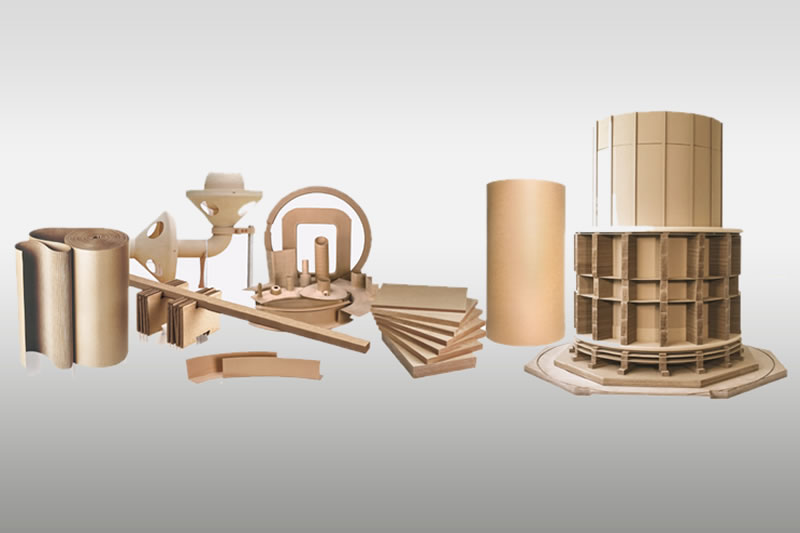Dry-Type Transformers for High-Rise Buildings: How to Ensure 100% Full Load Without Overheating?
In modern high-rise buildings, dry-type transformers are the core components of the power supply system. They are typically installed in basements or dedicated equipment floors to deliver power to essential facilities such as lighting, elevators, HVAC systems, and water pumps throughout the building. However, ensuring that these transformers can operate at 100% full load—or even short-term overload—without overheating is a key challenge for developers, engineers, and property managers. Overheating not only reduces transformer efficiency but also threatens safety, reliability, and overall lifecycle performance.
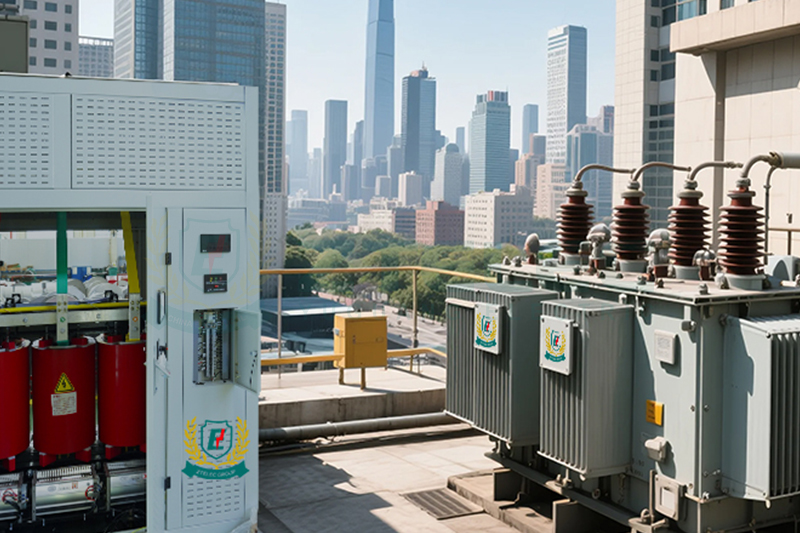
Why Are Dry-Type Transformers in High-Rise Buildings Prone to Overheating?
Before implementing solutions, it’s important to understand the root causes of overheating in high-rise applications:
1. Intensive and fluctuating load demands. During morning and evening peak hours, multiple devices such as elevators and air conditioners operate simultaneously, causing frequent load surges that lead to sustained high-load operation.
2. Poor heat dissipation environment. Transformer rooms often have limited space, inadequate ventilation, and high ambient temperatures, making heat dissipation difficult and inefficient.
3. Harmonic current interference. Modern buildings utilize devices such as LED lights, IT equipment, and frequency converters that generate harmonic currents, especially the third harmonic. These harmonics increase eddy current and copper losses, resulting in additional heat.
4. Insufficient design margin. To minimize upfront costs, transformers are sometimes selected with capacities that only meet current demands, without leaving enough margin for future load growth or changing environmental conditions.
Core Solutions to Ensure 100% Full Load Without Overheating
Achieving safe, stable, and efficient operation of dry-type transformers under full load requires a holistic, lifecycle-based approach that includes precision design, optimal installation, and intelligent monitoring.
1. Precise Selection and Optimized Design
Use transformers with higher insulation classes: Standard Class F dry-type transformers have a maximum temperature rise of 100K. Upgrading to Class H (125K) or Class C insulation allows transformers to tolerate higher internal temperatures, extending service life and ensuring reliability under heavy loads.
Equip with forced air cooling systems: This is a key technical solution. Transformers should support dual or multi-stage cooling modes. Under natural cooling (AN), air convection handles standard loads. Under forced air cooling (AF), internal fans automatically activate when temperatures rise, boosting load capacity by 40–50%—critical during peak demand periods.
Prioritize low-loss core materials: Transformers with amorphous alloy cores or advanced silicon steel laminations minimize no-load and load losses, reducing heat generation at the source and improving energy efficiency.
Consider harmonic-resistant designs: When nonlinear loads are expected, K-factor transformers or specially engineered harmonic-resistant models should be used. Their structural design minimizes additional heating caused by harmonic currents.
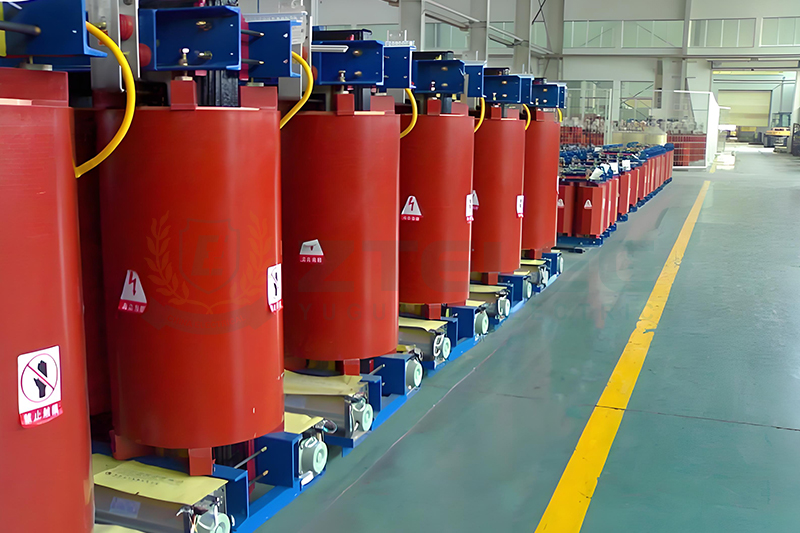
2. Optimized Installation and Room Environment
Ensure adequate ventilation: Transformer rooms must be designed with sufficient air inlets and outlets to promote effective airflow. Avoid locations near heat sources or enclosed spaces without circulation.
Install forced ventilation systems: In environments with limited natural ventilation, forced exhaust systems are essential. These automatically activate when ambient temperatures rise, quickly removing accumulated heat.
Maintain proper clearances: Follow the manufacturer’s installation guidelines to maintain adequate space for both heat dissipation and maintenance. Transformer rooms must remain clear of stored materials that block ventilation.
3. Intelligent Temperature Monitoring and Early Warning Systems
Integrate temperature monitoring systems: Most modern dry-type transformers include Pt100 platinum resistance sensors embedded in windings. These can be connected to a centralized monitoring system for real-time thermal data analysis.
Set multi-level alarms and protection thresholds:
• Primary alarm: Activated when winding temperature reaches around 130°C, signaling personnel to inspect load or ventilation.
• Secondary alarm/trip: Automatically disconnects the circuit when temperature exceeds critical limits (around 150°C), preventing damage and ensuring safety.
Long-Term Reliability Through Intelligent Design
Although enhanced transformer insulation, forced air systems, and smart monitoring represent modest initial investments, they deliver significant long-term benefits. By ensuring 100% full-load operation without overheating, building owners and facility managers can achieve superior safety, higher energy efficiency, and lower maintenance costs throughout the transformer’s service life—while avoiding costly failures and downtime.
- more+releated article
- 2025-12-13How to Select and Use Phenolic Cloth-base Lami
- 2025-12-13How Much Does Bakelite Sheet Cost? 2025 Price
- 2025-12-13Why are most 3240 epoxy boards yellow?
- 2025-12-13What are the Main Applications of FR4 Epoxy Bo
- 2025-12-13Why Does the Price of Insulating Paperboard Va
- 2025-12-13Heat-Resistant DDP Insulation Paper
- 2025-12-13Comparison of Heat-Resistant DDP Insulating Pa
- 2025-12-13G10 and FR4 Epoxy Boards: Commonly Used for Ge
- 2025-12-13The Price of Heat-Resistant DDP Insulation Pap
- 2025-12-13How to Choose Epoxy Laminate Materials for Gen

